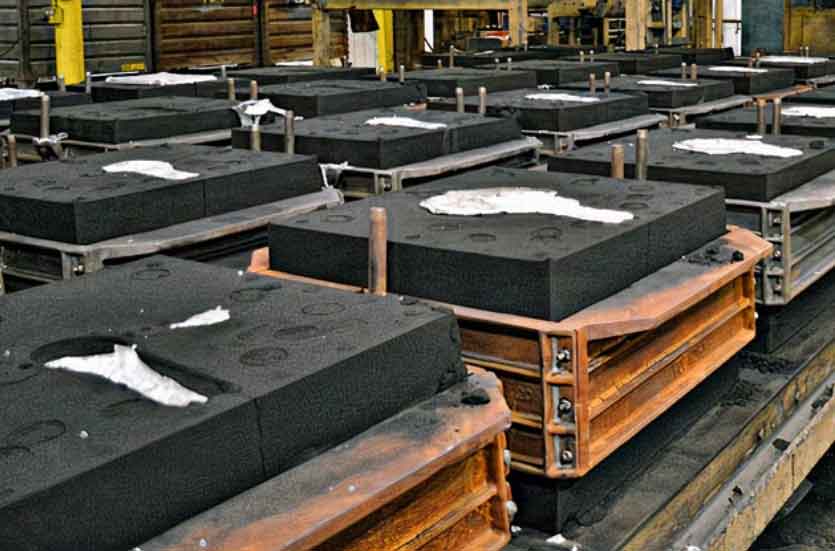Resin sand casting is a casting process that combines the use of resin as a binder and sand as the molding material. It offers several advantages in terms of design freedom and flexibility compared to other casting methods. Here are some ways in which resin sand casting enhances design freedom and flexibility:

- Complex Geometries: Resin sand casting allows for the production of complex shapes and intricate geometries. The sand molds can be easily formed and manipulated to create intricate details, undercuts, and thin-walled sections that would be difficult to achieve with other casting methods. This enables designers to explore more innovative and intricate designs.
- Prototype Development: Resin sand casting is an excellent method for rapid prototyping. It allows designers and engineers to quickly produce functional prototypes in various materials without the need for expensive tooling. This flexibility enables iterative design improvements and faster product development cycles.
- Material Compatibility: Resin sand casting is compatible with a wide range of materials, including various metals and alloys. This versatility allows designers to choose the most suitable material for their specific application, considering factors such as strength, corrosion resistance, and heat resistance. It opens up opportunities for casting parts with different mechanical properties and characteristics.
- Cost-Effective: Compared to other casting methods, resin sand casting can be a cost-effective option, especially for low to medium volume production. The absence of complex tooling reduces initial setup costs, making it an attractive choice for small-scale manufacturing or customized production.
- Versatile Production Sizes: Resin sand casting can accommodate a broad range of production sizes. It is suitable for both small and large parts, making it a flexible option for a variety of industries, from automotive and aerospace to art and sculpture.
- Surface Finish Options: Resin sand casting allows for different surface finish options, ranging from rough to highly polished. By modifying the molding and casting process, designers can achieve the desired surface texture and quality, enhancing the aesthetic appeal of the final product.
- Design Modifications: Resin sand casting offers the advantage of easy design modifications. If design changes are required, the sand molds can be easily modified or replaced without significant costs or delays, allowing for agile design iterations and improvements.
It’s worth noting that resin sand casting also has some limitations, such as the potential for sand-related defects and the need for proper ventilation and safety measures due to the use of resins. However, with proper process control and expertise, these challenges can be effectively managed, and the benefits of resin sand casting can be fully realized.
